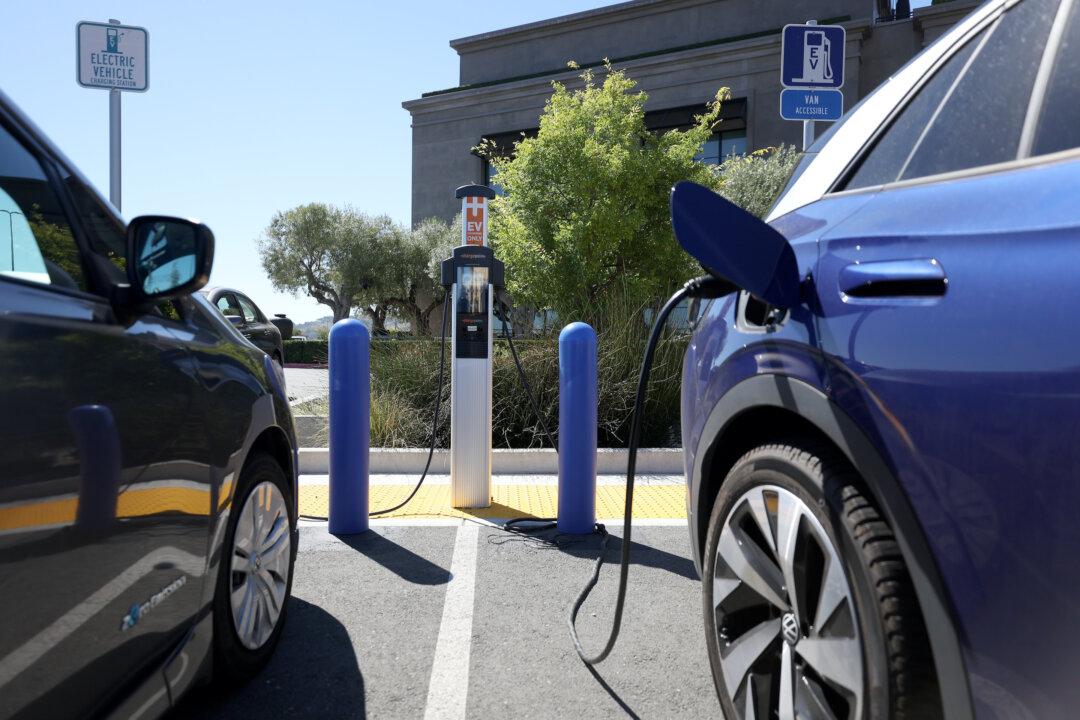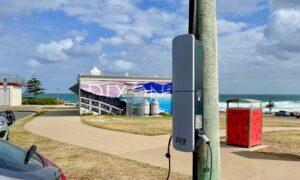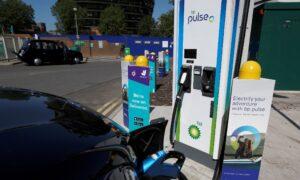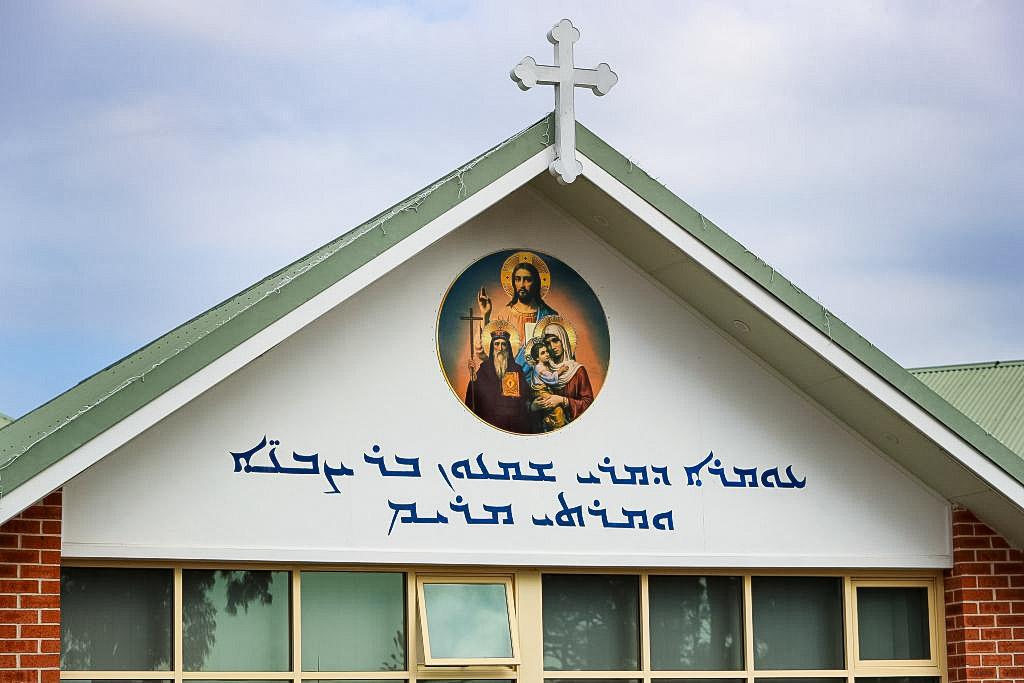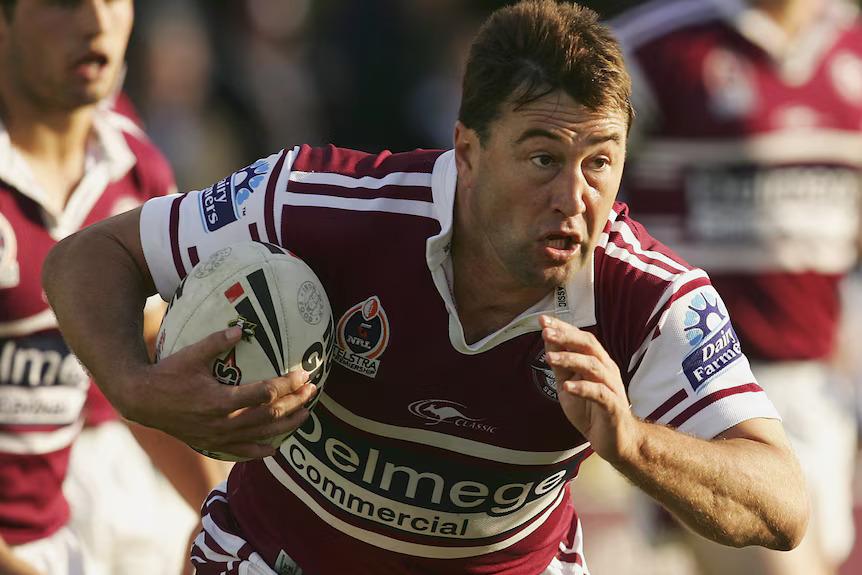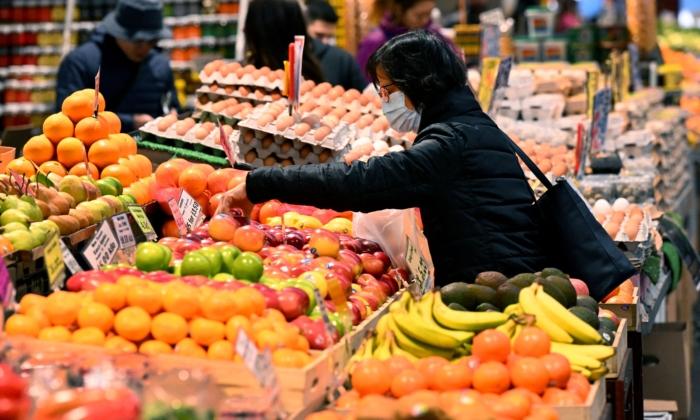Industry experts are concerned the number of electric vehicle charging stations is not keeping up with the surge of EVs on the road, adding to the risk of delays and increased range anxiety for travellers hitting Australian roads during holiday periods.
Global trends towards sustainable transportation driven by factors such as environmental concerns, government incentives, and advances in EV technology, have seen the number of new EVs sold in Australia rise to 46,624 in 2023, representing a 269 percent increase from 2022, and 8.4 percent of all new cars sold.
Despite the growing popularity of EVs in Australia, challenges remain. These include concerns about the availability of charging infrastructure, the upfront cost of EVs, and the limited range of some models.
With road traffic anticipated to swell this Easter, energy providers are anticipating big lines of waiting cars at charging stations across the country, with similar issues predicted for equipped petrol stations that outnumber sole charging stations by four to one.
The Public Fast Charger Network report published last year, said 397 car-charging sites and 755 new charging points were built in 2023, with the majority predictably located in the eastern seaboard between Queensland and Victoria. Large swathes of territory in outback areas are still bereft of any power-up facilities.
Despite the increase, Joel Power, joint managing director of Smart Energy told AAP the industry is not keeping pace to meet demand and private electricity networks should stop “holding back” on building new charging stations.
“The rate at which we’re deploying infrastructure is still very behind the uptake of electric cars. There were nearly 100,000 electric cars sold last year so we’re not keeping up with the pace.”
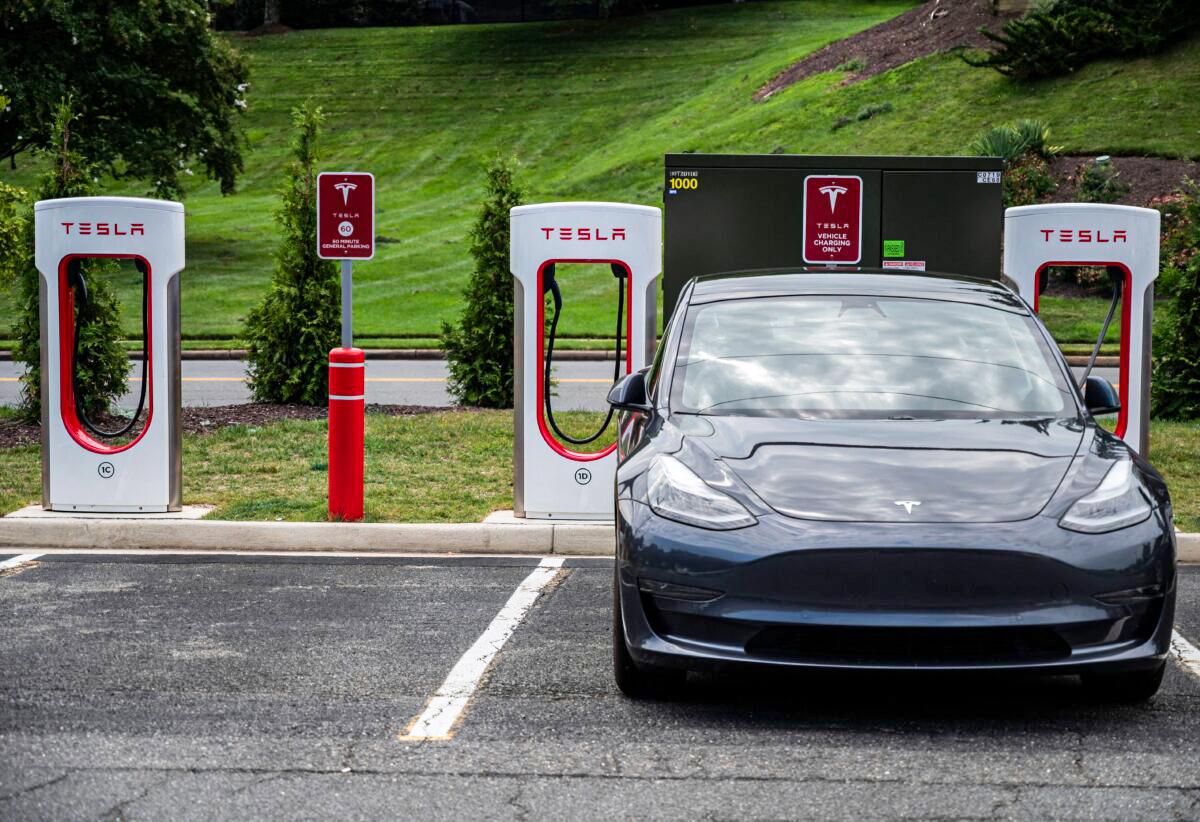
Further Investment Needed Now
In a cart before the horse scenario, a stalemate exists in that networks, despite record-high EV ownership, are still hesitant to build new charging stations until EV car ownership increases even further.Mr. Power feels the networks need to get a move on as parity is just around the corner, saying state governments needed to be proactive and invest more in charging stations to support residents without access to off-street parking.
“We’re close to the magic number of EVs, if sales go up 100 percent again this year, we will definitely reach a tipping point.”
Tesla, the leading EV car brand in Australia, accounts for around three-quarters of all new cars.
Geographically, NSW and Victoria dominate sales numbers with the states responsible for 30 percent of the market each.
Their 440 charging sites include 52 supercharger sites, which only Tesla drivers can use. In a move to eventually end that exclusivity, Tesla has opened up charging to other brands in selected areas of Europe.
However, industry insiders say Australians who don’t drive Teslas are unlikely to be able to access superchargers until at least 2030.
Evie Networks, which along with BP Pulse, dominates the charging provider market said 10,000 drivers will use their chargers over Easter. Charging business head Bernhard Conoplia told the AAP that holidaying motorists always stretched capacity.
“We watched this period last year and we saw that Easter is just as busy as Christmas. Last year, the peak was on Easter Saturday, followed by Easter Monday, and Sunday was a bit quieter.”
The company is this year better equipped to deal with demand after doubling its locations to over 200 sites, and Mr. Conoplia said the most demand would come from areas “within two hours of major capital cities.”
